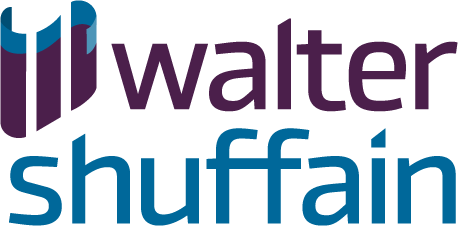The Small Business Administration (SBA) and Treasury released an updated Paycheck Protection Program (PPP) FAQ on Aug. 4 in an effort to address PPP loan forgiveness issues that have arisen as borrowers begin to complete their applications. The 23 FAQs address various aspects of PPP forgiveness including general loan forgiveness, payroll costs, non-payroll costs, and loan forgiveness reductions.
Here is a brief overview of some of the most notable clarified guidance.
General loan forgiveness
- Sole proprietors, independent contractors, and self-employed individuals with no employees and no employee salaries included in average monthly payroll at the time of PPP loan application should use PPP Loan Forgiveness Application Form 3508EZ.
- Borrowers who submit their loan forgiveness application within 10 months of the completion of the covered period do not need to make payments until the forgiveness amount is remitted to the lender by the SBA.
- Borrowers who must repay a portion of the loan should know interest is accrued from the time of disbursement and the SBA remittance of the forgiveness amount. Borrowers whose full loan is forgiven do not need to pay the accrued interest.
Payroll costs forgiveness
- Owner-employee is defined as someone who is both an owner and an employee of a C corporation. This was not previously defined.
- Compensation limitation for owners is cumulative across all businesses if there are multiple.
- S corporation considerations
- Health insurance costs do not qualify as compensation for S corporation employees that own at least 2% of the business nor for family members of such employees.
- S corporation owner-employees with less than 2% ownership can count health insurance costs.
- Unemployment and state income taxes are eligible for forgiveness.
- Employer retirement contributions are eligible capped at 20.833% of 2019 contributions.
- C corporation considerations
- Forgiveness is allowed for employee shareholder compensation including state unemployment and income taxes and corporate contributions to employee health insurance.
- Employer retirement contributions are eligible capped at 20.833% of 2019 contributions.
- Employer contributions for retirement and group health benefits that were accelerated from periods outside of the covered period or alternative covered period are not eligible for forgiveness.
Non-payroll costs forgiveness
- Payments of transportation utility fees assessed by state and local governments are eligible for forgiveness.
- The alternative payroll covered period does not apply to non-payroll costs.
- Leases that existed prior to Feb. 15, 2020 but expired or renewed during the covered period are eligible for forgiveness.
- Interest payments on mortgage loans for real or personal property that existed prior to Feb. 15, 2020 but were refinanced during the covered period are eligible for forgiveness.
Forgiveness reductions
- Benefits are not to be included in the determination for a 25% reduction in employees’ hourly or salary wages.
- It is still unclear whether tips for restaurant employees are included, so restaurant owners may want to make up for lost tips to avoid the reduction.
- Borrowers should include employees who made more than $100,000 in 2019 when calculating FTE reduction exceptions.
The FAQ document also includes several examples for making calculations related to the above questions. At this time, the majority of our staff are still currently working from home, which means the best means for contact is via email. We continue to work hard to ensure your personal and business needs are met during these tumultuous times. Stay safe and healthy!
Yours truly,
Walter & Shuffain, P.C.

